Erdem Gündüz: Όλες οι αντιφάσεις της τουρκικής κοινωνίας μαζί….
Οι μεγάλες εκδηλώσεις και διαδηλώσεις κατά της αυταρχικής κυβέρνησης του Ερντογάν ξεκίνησαν στην πλατεία Ταξίμ με αφορμή τα σχέδια ανάπλασης. Πρωτεργάτες της αντίστασης ήταν οι οικολόγοι, οι αριστεροί και οι αντιεξουσιαστές. Αρκετά αργά οι εθνικιστές, οι κεμαλιστές δηλαδή, κατάλαβαν ότι θα μπορούσαν να αξιοποιήσουν για ίδιον όφελος τη δυσαρέσκεια και να υποστηρίξουν τα δικά τους συμφέροντα τα οποία είχαν καίρια τρωθεί από την εξάρθρωση των παρακρατικών δικτύων της «Εργκενεκόν» και τη δίκη των πραξικοπηματιών στρατηγών.
Και τελικά οι κεμαλιστές κατάφεραν να οικειοποιηθούν σε συμβολικό επίπεδο την λαϊκή αντίδραση.
Στις 5 Σεπτεμβρίου στο Πότσνταμ, κάπου έξω από το Βερολίνο, θα απονεμηθεί το «Βραβείο των Μέσων Ενημέρωσης M100» στον Erdem Gündüz. Τον 34χρονο Τούρκο που έγινε γνωστός καθώς στεκόταν με σταθερό το βλέμμα, ακίνητος για ώρες, στην πλατεία Ταξίμ της Κωνσταντινούπολης κατά τη διάρκεια των αντικυβερνητικών διαδηλώσεων στην Τουρκία. Η Επιτροπή των Δημοσιογράφων που αποφάσισε να του απονείμει το βραβείο ανέφερε «Με την σιωπηλή του διαμαρτυρία έγινε το σύμβολο της ειρηνικής αντίστασης και δημιούργησε μια σχολή σε όλον τον κόσμο».
Αυτό όμως που δεν έλαβε υπόψη η Επιτροπή είναι ότι ο Gündüz εξέφραζε τη διαμαρτυρία του στη βία του κράτους αναφερόμενος στον ιδρυτή του κράτους αυτού, οποίος εξέφρασε στον υπέρτατο βαθμό τη λατρεία της βίας και του ρατσισμού. Ο συγκεκριμένος που «ευλογήθηκε απ’ όλους», στάθηκε -με ευρηματικό στ’ αλήθεια τρόπο- μπροστά σε μια γιγάντια φωτογραφία του Μουσταφά Κεμάλ, που πλαισιωνόταν από δύο επίσης γιγάντιες τουρκικές σημαίες αναρτημένες σ’ ένα κακής κεμαλικής αισθητικής μέγαρο που βρίσκεται επί της πλατείας Ταξίμ και επρόκειτο να κατεδαφιστεί στο πλαίσιο των σχεδίων του Ερντογάν. Σε μια ανάλυση της πράξης του αναφέρεται «Είναι προφανές επίσης ότι εδώ επρόκειτο όχι απλά για μια καλλιτεχνική performance αλλά για μια ατομική αντίδραση απέναντι στην βία της αστυνομίας και μια συμβολική συμπαραδήλωση αφού δεν στάθηκε μπροστά σε οποιοδήποτε κτίριο αλλά στο συγκεκριμένο πολιτιστικό κέντρο με το πορτραίτο του Ατατούρκ.»
Αυτή η πράξη του Gündüz αναδεικνύει τις αντιφάσεις της Τουρκίας. Ο Μουσταφά Κεμάλ πασά, που οι οπαδοί του έδωσαν το προσωνύμιο Ατατούρκ (δηλαδή γεννήτορας των Τούρκων) δεν έμοιαζε ούτε κατά ελάχιστον του Γκάντι και πολύ περισσότερο του άγνωστου διαδηλωτή της πλατείας Τιεν Ανμέν, που στάθηκε μπροστά στο κινούμενο τανκ με τις σακούλες στα χέρια. Ο Μουσταφά Κεμάλ πασά υπήρξε ένας συνειδητός εθνικιστής με ιδιότητα και συνείδηση μιλιταριστική, παλιός ακροδεξιός Νεότουρκος κυριαρχούμενος από αντιμειονοτικά συναισθήματα που μετατράπηκαν σε οδυνηρή πρακτική κατά των προγραμμένων εθνικών μειονοτήτων της Οθωμανικής Αυτοκρατορίας. Ήταν αυτός που μετά την αποχώρηση του ελληνικού στρατού από τη Μικρά Ασία το Σεπτέμβρη του 1922, ηθικά κάλυψε την πυρπόληση της Σμύρνης, την άγρια σφαγή του άμαχου ελληνικού και αρμενικού πληθυσμού της Ιωνίας και λεηλάτησε τον πλούτο τους μεταφέροντάς τον στο στρατό και στους εκλεκτούς του.
Ο Μουσταφά Κεμάλ, ως απόλυτος δικτάτορας, περιφρόνησε τον λαϊκό πολιτισμό και τα πιστεύω ακόμα και του ίδιου πολυεθνοτικού μουσουλμανικού πληθυσμού που εν τέλει -με δικτατορικό και εξαιρετικά βίαιο τρόπο- αλλοτρίωσε, μεταμορφώνοντας την πολυπολιτισμική οθωμανική κοινωνία σε μονοεθνική έρημο.
Ο Erdem Gündüz δεν επέλεξε να αντιδράσει με το συγκεκριμένο τρόπο αναφερόμενος σε ένα ποιητή ή σε έναν διανοούμενο. Επέλεξε τον Μουσταφά Κεμάλ. Είναι σαν κάποιος να κάνει ειρηνική αντίσταση στη βία του συστήματος στη Γερμανία και να στέκεται μπροστά σε ένα γιγάντιο πορτρέτο του Χίτλερ. Εκφράζει ανεξάρτητα εάν το συνειδητοποιεί -με τον ευρηματικό και ίσως εικαστικό του τρόπο- τα εγγόνια των Νεότουρκων εθνικιστών και τα παιδιά των στρατηγών και του Βαθέος Κράτους. Η εθνικιστική του λατρεία προς τον Ατατούρκ σε καμιά περίπτωση δεν εκφράζει εκείνο το αυθόρμητο κίνημα των οικολόγων και των αντικεμαλικών-αντιεξουσιαστών αριστερών που ξεκίνησε τις διαμαρτυρίες ενάντια στην απόπειρα του Ερντογάν…
Σε συμβολικό επίπεδο, η βράβευσή του Gündüz με το «Βραβείο των Μέσων Ενημέρωσης M100» αναδεικνύει τη νίκη του εθνικισμού επί των αντιεθνικιστών διαδηλωτών που πρώτοι αντέδρασαν στα σχέδια του Ερντογάν
Tο παράδειγμα του Erdem Gündüz ακολούθησαν και άλλοι πολίτες στην Τουρκία. Χαρακτηριστικό παράδειγμα η α ανώνυμη γυναίκα στην Άγκυρα που στάθηκε όρθια επί 30 ώρες μπροστά σ’ ένα εθνικιστικό και μιλιταριστικό μνημείο του Μουσταφά Κεμάλ.
——————————————————————————————————
Για τα γεγονότα στην Πλατεία Ταξίμ διάβασε:
To τουρκικό αίνιγμα
https://kars1918.wordpress.com/2013/06/15/eleftherotypia-3/
—————————————————————————————————–




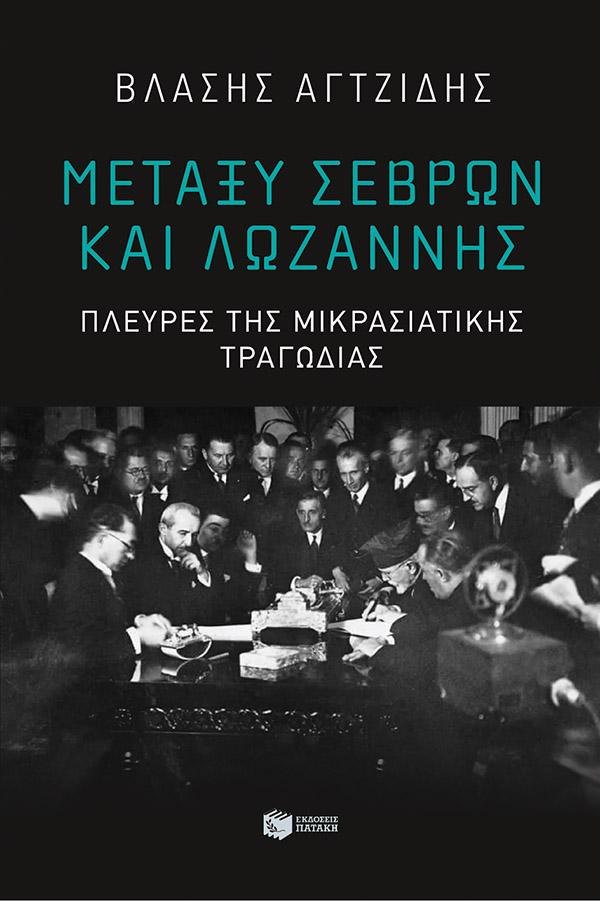
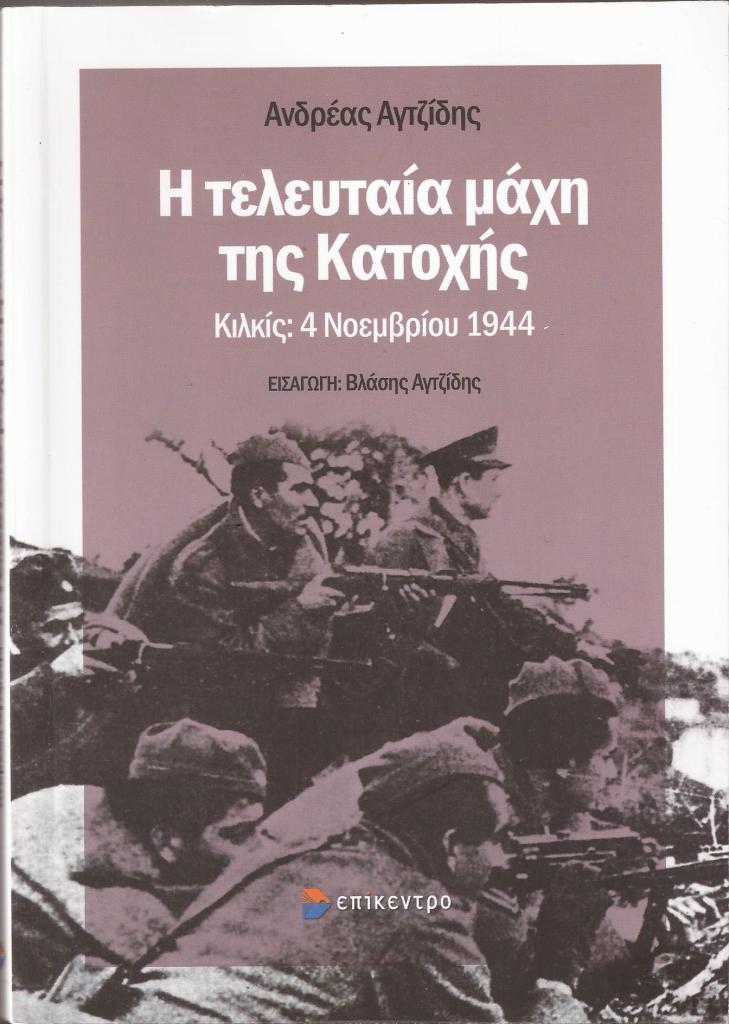

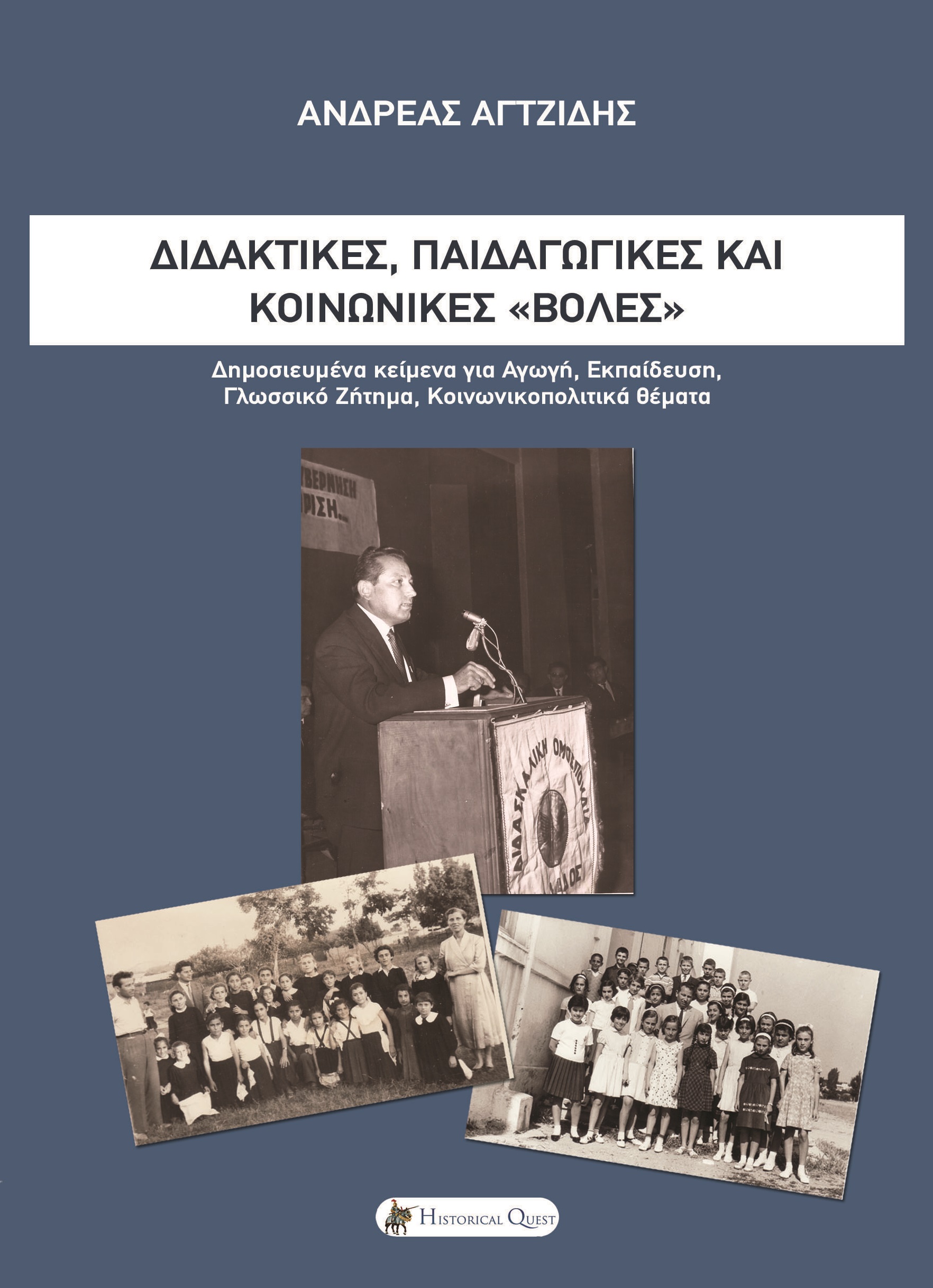
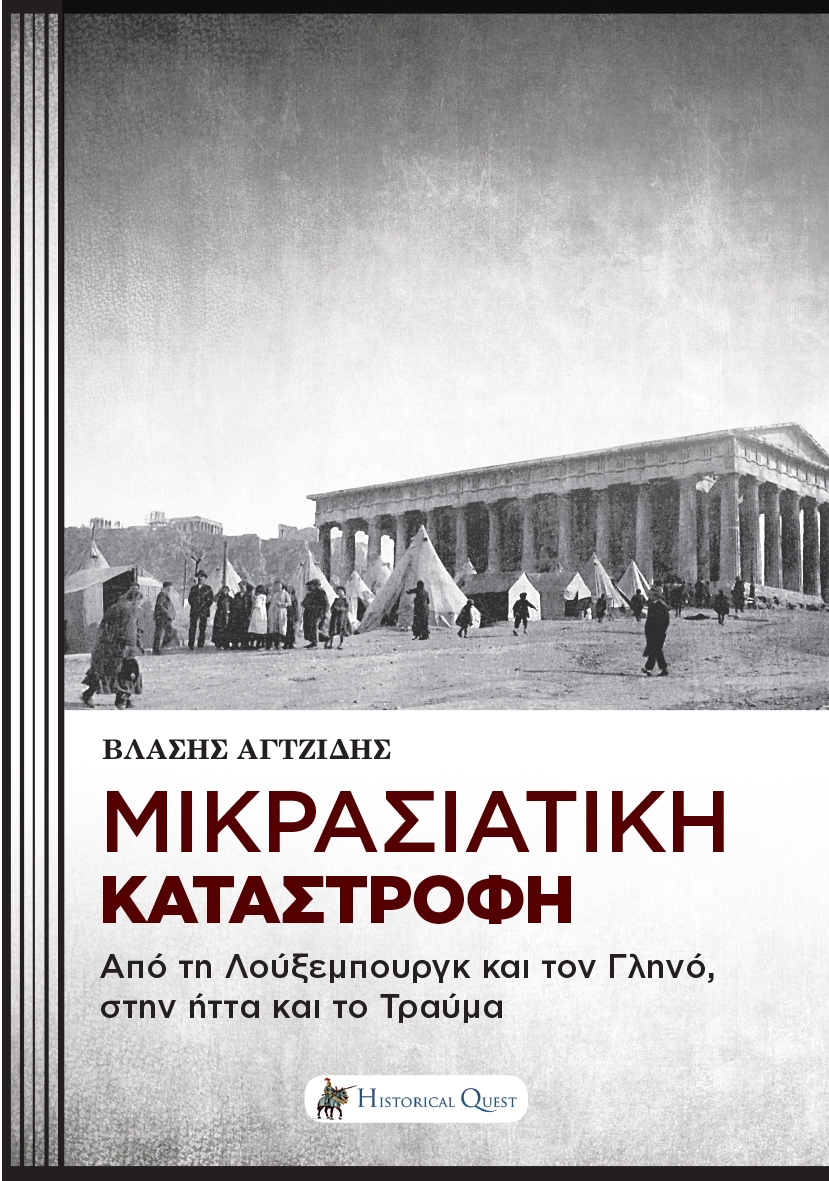



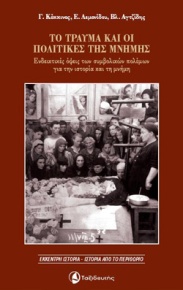


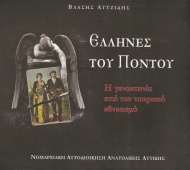

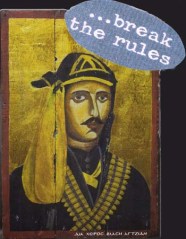

Ο διαδηλωτής που κρατά την κίτρινη σημαία του BDP (το κούρδικο κοινοβουλευτικό κόμμα), με το άλλο του χέρι κρατά μια διαδηλώτρια που με τη σειρά της κρατά μια εθνικιστική σημαία με το πορτραίτο του Κεμάλ. Δίπλα, ο χονδρός τύπος σχηματίζει με τα δάχτυλά του το σήμα των ακροδεξιών Γκρίζων Λύκων.
Written by Orhan Kemal Cengiz.
http://www.al-monitor.com/pulse/originals/2013/11/turkey-nationalism-greek-minority.html?utm_source=&utm_medium=email&utm_campaign=8574
Of Greek fathers and Turkish sons
The Nov. 10 anniversary of the death of Mustafa Kemal Ataturk, the Turkish republic’s founder, is marked with nationwide ceremonies in Turkey. This year’s commemorations included a religious memorial service for Ataturk at Istanbul’s Eminonu mosque. A politician in attendance made headlines for a comment made while exiting the mosque: “If it weren’t for Ataturk, you would have been called Dimitri or Yorgo today,” Muharrem Ince, a parliamentary whip of the main opposition Republican People’s Party (CHP), told reporters.
Ince’s remarks would hardly make sense to those unfamiliar with Turkey’s history and its social and ethnic fabric. When decoded, the comment reveals strong racist and discriminatory connotations. Ince was referring to Ataturk’s role as chief commander of the 1919-1922 Liberation War, suggesting that without him the Turks would have lost the war, and the Greeks would have retained Anatolia, in which case today’s Turks would have had Greek fathers and Greek names.
Given that Turkey’s Greeks number only 3,000 to 4,000 today, and “Yorgo” is one of their most popular names, one can imagine how the comment must have appalled them. Members of the Greek minority, who rarely speak out publicly, reacted with emotional, harshly-worded statements.
Yorgo Demir of the Istanbul-based Galata Greek School Foundation slammed Ince for “not only lacking respect for his fellow citizens, but also disregarding and belittling them with a knee-jerk impulse devoid of any political ethics and courtesy.” He went on to point out how Ince twisted historical facts. “Ironically, the Dimitris and Yorgos, who had always existed in the lands Ince mentions, were either assimilated after being forced to adopt names like Hasan and Huseyin — especially in the Pontus region — when their lives fell in danger during the foundation phase of the Turkish republic, or were slain and wiped off these lands. That was no different from the atrocities against the Armenians in Anatolia and the Jews in Thrace,” he said.
Mihail Vasiliadis, editor-in-chief of Apoyevmatini, the newspaper of Turkey’s Greek minority, also spoke out, underscoring the stark contrast between Turkey’s realities and Ince’s remarks. It was Turkey’s Greeks who had to adopt Turkish names to survive and not vice versa, he stressed. “If today some people named Ahmet, Hasan or Huseyin happen to have grandfathers called Yorgo or Dimitri, they should be grateful and say a prayer for Ataturk,” Vasiliadis said. “Had their ancestors stayed as Dimitris and Yorgos, their families would have landed in a concentration camp in 1941 and paid the wealth tax in 1943 … or they could have had their properties looted on Sept. 6-7, 1955, or found themselves dispossessed and exiled in 1964. They should feel indebted for having escaped all that.”
Vasiliadis was referring to a series of policies that targeted Turkey’s minorities and were carried out mostly by the CHP, Ince’s party. As Vasiliadis mentions, gendarme soldiers showed up abruptly at the door of 12,000 non-Muslim men one day in 1941 to “recruit” them to the army. The men were taken to squalid camps and malaria-ridden swamps amid scorching heat, humidity and water shortages. The “soldiers” — known as the Twenty-Draw Reserves — were used for heavy-labor such as stone-crushing, road construction and tunnel-drilling.
The wealth tax, levied in 1943 and targeting non-Muslims, resulted in many Greeks, Armenians and Jews selling off their entire assets to raise the enormous sums. Those who failed to pay the tax were sent to labor camps.
Those episodes are just a few examples of the CHP-led campaign against non-Muslim minorities. The CHP, Turkey’s main opposition today, is divided into two camps. The first, to which Ince belongs, is made of neo-nationalists — a term used to describe ultra-nationalist, left-leaning Turks. The second camp is made of social democrats in the traditional Western sense.
Owing to historical reasons, the neo-nationalists hold powerful clout in the party. As Ince’s example suggests, only far-right politicians would manifest similar views and attitudes in European countries. The neo-nationalists’ strong presence in the CHP caters to the argument that no “democratic” alternative is available to the ruling Justice and Development Party (AKP). Any move to expand non-Muslim rights and Kurdish freedoms is met with their fierce objections in parliament. Their aversion to minorities, Kurds and pious Muslims stands in the way of CHP efforts to appeal to wider masses and challenge the AKP, thus creating a big vacuum in Turkish politics.
The neo-nationalists undermine not only the CHP’s domestic standing, but also its international reputation and credibility. The criticism the CHP has faced on one too many occasions from the Socialist International (SI) stemmed almost exclusively from actions and statements driven by the neo-nationalists.
In an ironic coincidence, the CHP was hosting the annual SI meeting in Istanbul when Ince made his controversial remarks. The SI is currently headed by former Greek Prime Minister George Papandreou, whose first name is an anglicized variation of “Yorgo.” In Turkey, he is typically called Yorgo Papandreou. The day after Ince spoke at the mosque, Papandreou was planting a tree in Gezi Park in memory of the demonstrators killed in nationwide protests that originated in the park earlier this year.
What could the SI president have possibly thought of a racist comment involving his name coming from his hosts in Istanbul? Will the comment lead to another wave of SI criticism of the CHP? And perhaps most importantly, will the constant in-house frictions lead the CHP’s genuine social democrats to eventually part ways with the neo-nationalists? These and other questions on the CHP are rekindled anew with Ince’s comment.
[…] […]